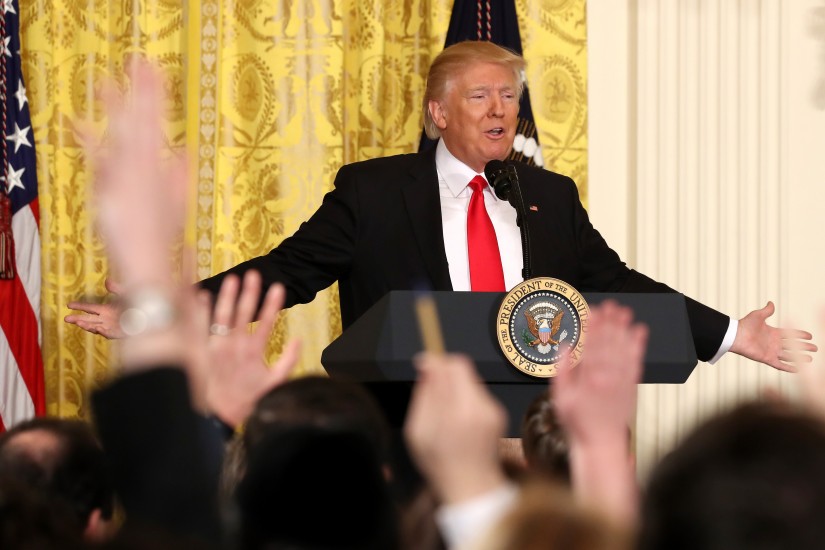Donald Trump rooted his antiestablishment campaign in an attack on government, political parties, and the media. As president, he has now escalated this campaign criticism into a self-proclaimed war. During his first month in office, his administration openly characterized the media as an “oppositional party.”1 Spouting a conspiracy theory of voter fraud, Trump has promised an investigation into an issue declared by state and local voting entities as well as a range of scholars to be nonexistent.2 And, in one of his most controversial actions, he called into question the authority of a “so-called” federal appellate judge who challenged his ban on immigrants from seven Muslim-majority nations.3
Trump’s aggression has lit conflicts between the president, his party, and the very structures of government he now leads. Trump is not, however, the architect of this adversarial approach. Instead, his political ascendancy is a product of a conservative campaign to undermine trusted institutions and create an alternative system of knowledge about how government operates.
Over 50 years ago, conservative elites began harnessing and deploying political power outside electoral politics. Business owners, media activists, and intellectuals developed new sources of authority to challenge trust in mainstream media, universities, political parties, even the government itself. Conservatives’ alternative organizations slowly undermined the legitimacy of legacy institutions and, with it, Americans’ confidence in them.
In the process, they rewrote accepted truths and expectations for how government should function. In creating these new sources of authority, elite funders both bolstered their business and maintained control of their message. Until now.
